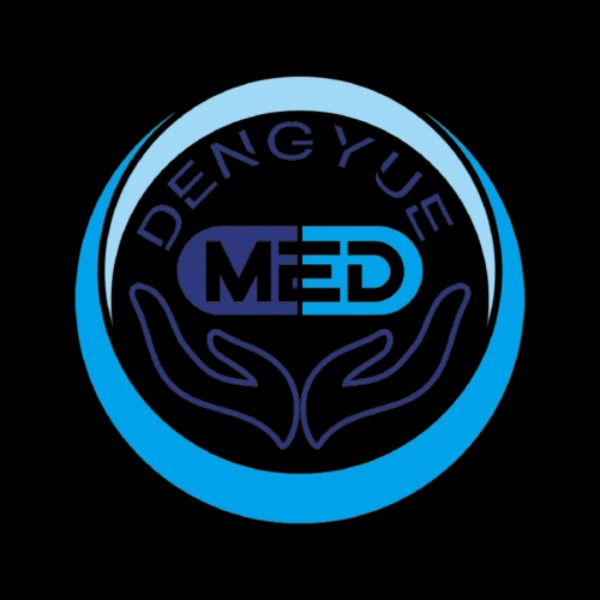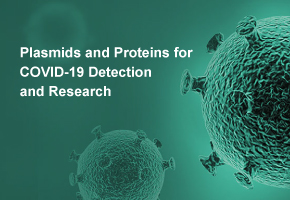Can China Overtake the West in Oncology Innovation? Inside ESMO 2025’s Biggest Surprise
Berlin, Germany — The annual European Society for Medical Oncology (ESMO) Congress, held from October 17–21, became a stage for China’s rapid ascent in pharmaceutical innovation. This year, Chinese biotech companies achieved record participation, with 35 studies accepted for oral presentations and 23 for late-breaking abstracts (LBAs) — the highest number ever from China.
Once seen as fast followers, Chinese innovators are now competing head-to-head with global pharmaceutical giants, signaling a shift in the global oncology landscape.
A total of 33 Chinese pharmaceutical companies presented research at ESMO 2025, representing 15.3% of all abstracts (448 of 2,929). More importantly, China’s scientific output gained unprecedented recognition: 23 LBAs, up from just 7 in 2024.
LBAs — often viewed as the most influential studies at ESMO — can directly impact treatment guidelines and clinical practice worldwide.
“Chinese oncology research is now being recognized at the same level as top-tier global institutions,” commented an ESMO Scientific Committee member. “We’re seeing growing interest from international partners eager to collaborate with Chinese biotech firms.”
Breakthroughs Across Cancer Types
Chinese companies showcased a series of pioneering therapies spanning liver, lung, lymphoma, and sarcoma cancers, with several studies demonstrating world-first clinical outcomes:
l CARES-009 Study: The world’s first Phase III perioperative hepatocellular carcinoma trial to achieve positive results. The “sandwich” approach of Camrelizumab + Apatinib + surgery doubled event-free survival (42.1 vs. 19.4 months).
l HARMONi-6 Study: Ivosidenib + chemotherapy in first-line advanced squamous NSCLC extended median PFS to 11.1 months versus 6.9 months for the control group.
l OptiTROP-Lung04 Study: Lukang Satrotuximab showed nearly twofold improvement in PFS (8.3 vs. 4.2 months) in EGFR-TKI–resistant lung cancer patients.
l MANEUVER Study: Pimicotinib, a CSF-1R inhibitor, reached a 76.2% objective response rate in tenosynovial giant cell tumor after long-term follow-up — a meaningful advancement in rare tumor therapy.
Several of these landmark studies were simultaneously published in The Lancet and The New England Journal of Medicine, underscoring the global recognition of China’s scientific rigor.
A Record-Breaking Year for China’s Global Licensing Deals
Data as of 30 September 2025 compiled by Dengyuemed
The year 2025 marks a turning point for China’s biopharma globalization.
According to Insight data, from January to September 2025, China’s outbound drug licensing transaction value surpassed USD 100 billion, a 170% year-over-year increase.
China has become a key source of global pharmaceutical innovation. In the U.S. market, the share of patented drug licenses originating from China rose from 5% in 2019 to 24% in 2025, second only to the United States itself.
Beyond scale, deal structures are becoming more sophisticated — evolving from single-asset out-licensing to bundled pipelines and NewCo joint-venture models. Chinese drug exports are also diversifying beyond oncology into chronic disease therapies, expanding their international commercial potential.
Outlook: From Imitation to Innovation
China’s performance at ESMO 2025 underscores a profound transformation — from a generic manufacturer to a genuine global innovator.
With record-breaking licensing deals, international clinical excellence, and growing recognition from top-tier medical journals, China is rapidly emerging as one of the most influential contributors to next-generation oncology and chronic disease therapies.
Editor’s Note:
All insights and forecasts in this report reflect DengYueMed’s independent analysis of global pharmaceutical developments.
They are intended for informational and academic discussion only, without any commercial or financial implication.
- Like
- Reply
-
Share
About Us · User Accounts and Benefits · Privacy Policy · Management Center · FAQs
© 2025 MolecularCloud




